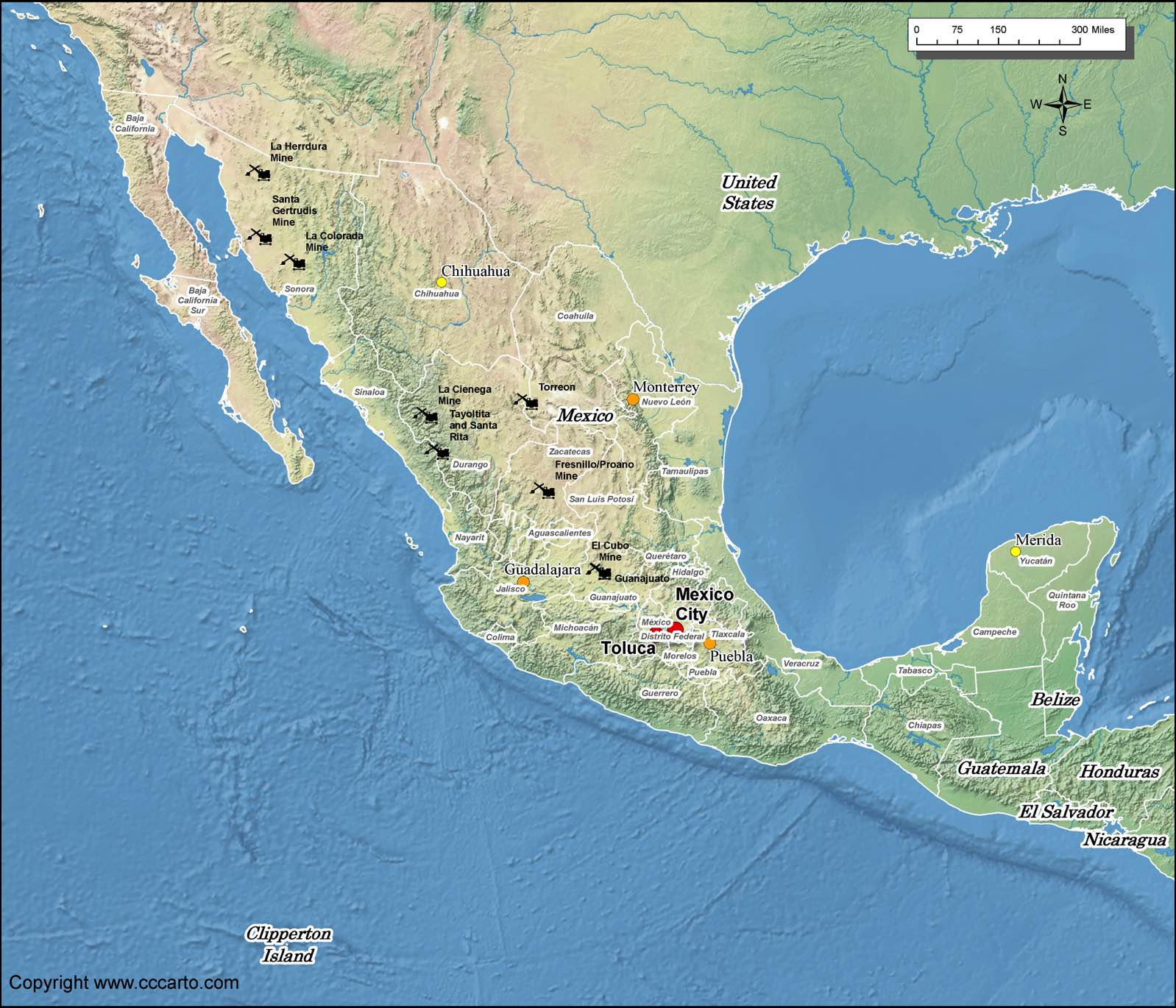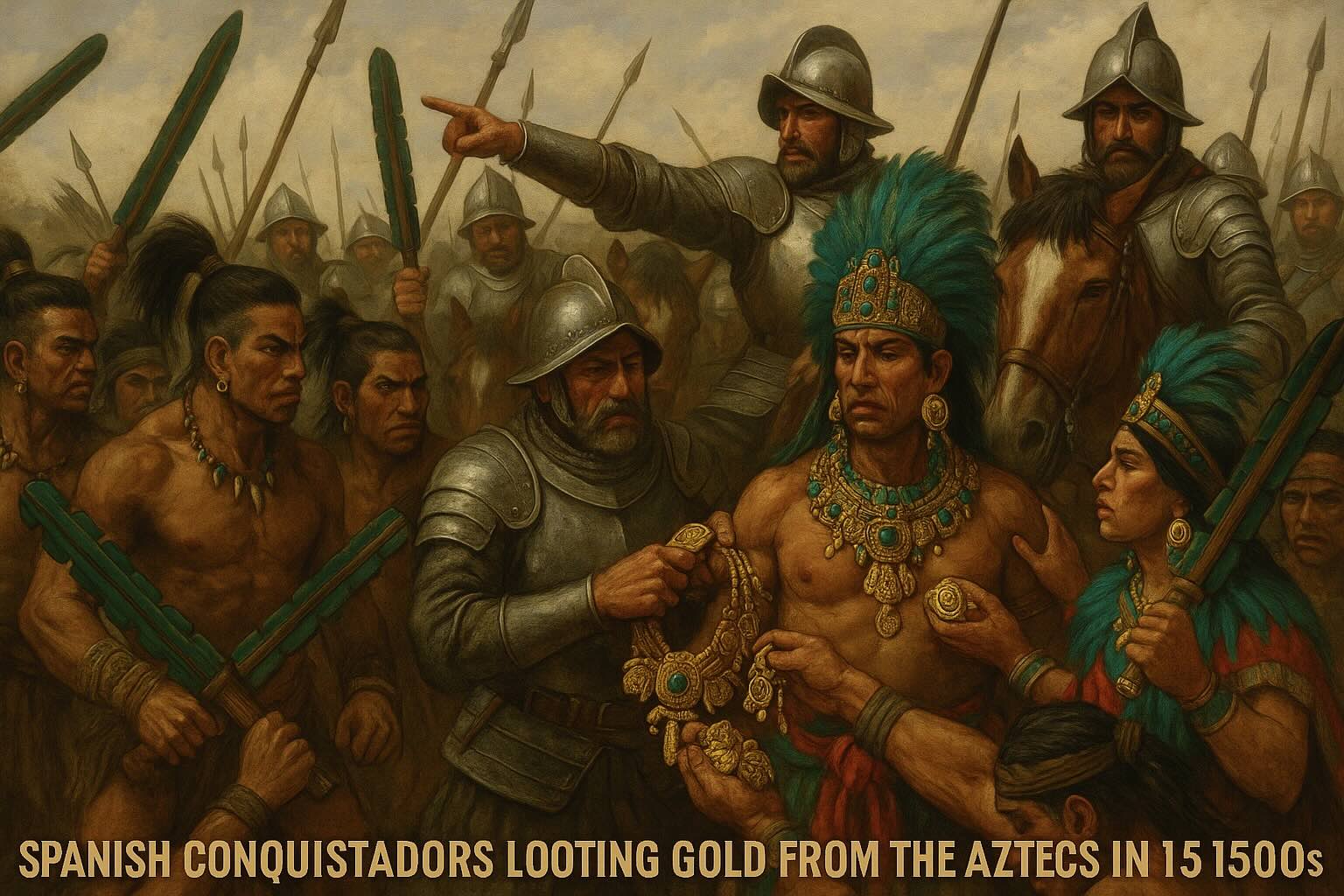
Mexico Goldmines

Initially, indigenous peoples in present•day Mexico had been mining gold for ornaments and ceremonial objects long before the Spanish arrival. The Spanish colonizers, however, brought advanced mining techniques and machinery, significantly expanding the scale and intensity of gold mining operations.
During the colonial period, gold mining was predominantly controlled by Spanish authorities and large corporations granted royal charters. This control persisted into the post•independence era, with mining concessions often held by powerful families and foreign interests.
Several regions in Mexico became renowned for their productive gold mines. Some of the most notable areas include Guanajuato, Zacatecas, Sonora, Chihuahua, and Durango. These regions yielded significant quantities of gold, often in the form of placer deposits (nuggets and flakes found in rivers and streams) and hard rock mining (extracting gold from solid rock).
Major gold mines in Mexico include:
• Pinos Altos Mine: Known for its deep rock mining operations.
• Mulatos Mine: Utilizes surface and hydraulic mining methods.
• Peñasquito Mine: Uses cyanide heap leaching for gold extraction.
• La Herradura Mine: Features both open•pit and underground mining techniques.
The most successful types of gold mining in Mexico historically have included hydraulic mining, cyanide process heap leaching, and traditional hard rock mining methods.
Some of the most famous and richest gold strikes and veins in Mexico include the Veta Madre in Guanajuato and the Sierra Madre Occidental region, which has been a prolific source of gold and silver.
Cities such as Guanajuato, Zacatecas, and Hermosillo developed and thrived due to their proximity to major gold mining operations.
Gold mined in Mexico is typically sold through international markets, with a significant portion exported to countries like the United States, Canada, and Europe, where it is refined and processed into various forms, including bullion and jewelry.
In terms of environmental impact, gold mining in Mexico has faced challenges related to deforestation, water pollution from cyanide and mercury usage, and habitat disruption. Efforts to mitigate these impacts have been ongoing, with varying degrees of success depending on regulatory enforcement and technological advancements.
While conditions for gold miners in Mexico vary, wages and living conditions can range widely depending on the mine, company policies, and local economic factors.
Historically, Mexico has minted various gold coins, including the famous 50 Pesos gold coin, often referred to as the "Centenario," commemorating Mexico's independence.
In recent years, some gold mines in Mexico have closed due to economic factors or environmental regulations, while others continue to operate, adapting to changing market conditions and sustainability requirements.
Source: U.S. Geological Survey, Major mineral deposits of the world, Open-File Report 2005-1294. Data portal